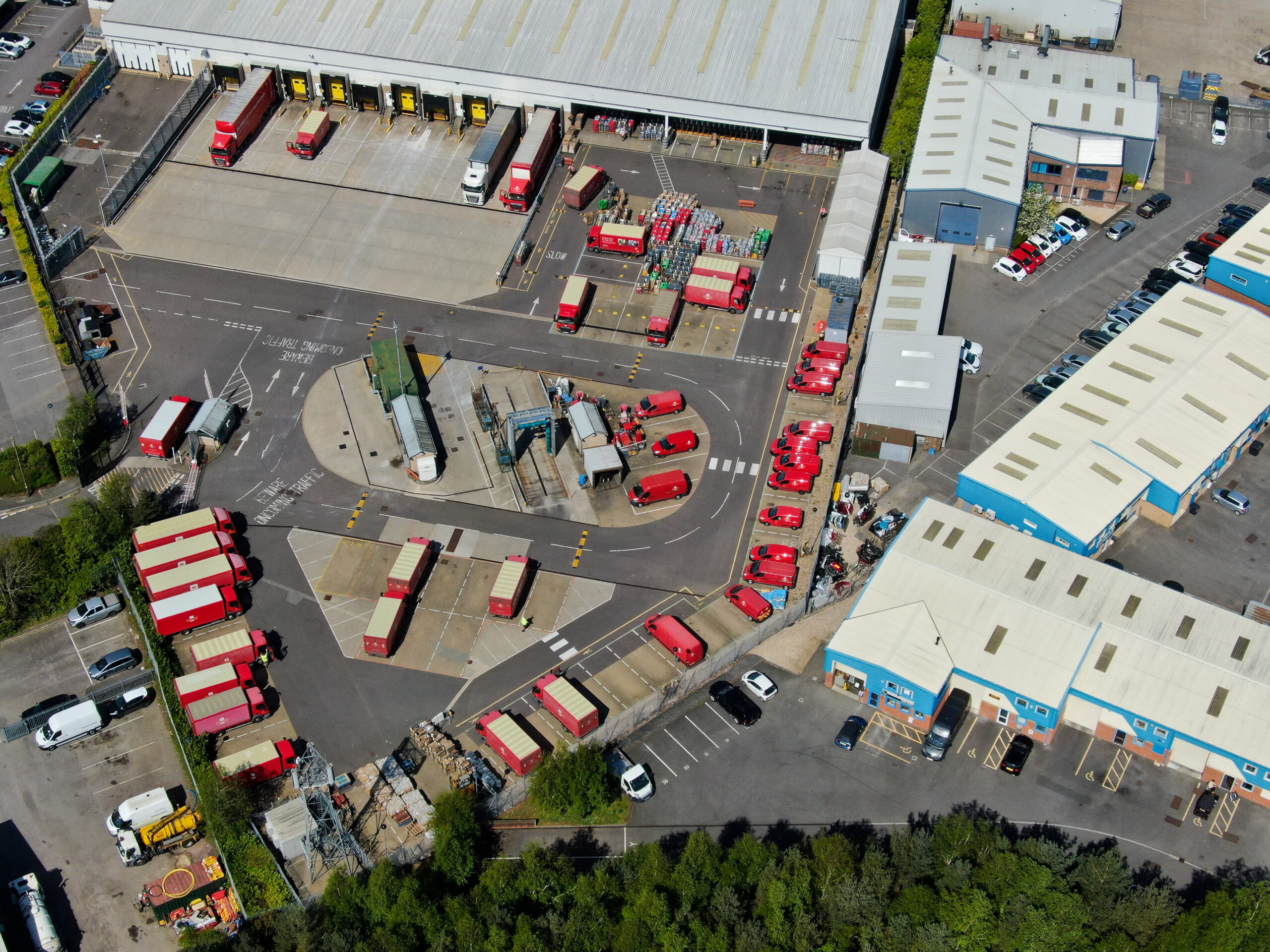In fleet management, the focus often lies on powered vehicles such as trucks, vans, and cars. However, non-powered assets such as trailers, containers, and heavy equipment are equally critical to operations. Tracking these assets efficiently can save time, reduce costs, and improve overall operational efficiency. Fleet management software offers advanced tracking solutions that can significantly enhance the management of non-powered assets. In this blog, we will explore how fleet management software can help track non-powered assets, the benefits of such tracking, and share how to optimise maintenance schedules and enhance asset utilisation.
The Importance of Tracking Non-Powered Assets
Non-powered assets are essential for various operations, from transporting goods to supporting construction projects. Despite their lack of an engine, their value and role in the supply chain are undeniable. Effective tracking of these assets can:
- Prevent Loss and Theft: Non-powered assets, especially those left at remote locations, are susceptible to theft. Tracking devices can alert managers if an asset is moved unexpectedly, enabling quick action to prevent loss.
- Improve Utilisation: Knowing the exact location of all assets helps in deploying them where they are needed most, thereby maximising their utilisation and reducing idle time.
- Enhance Operational Efficiency: Real-time tracking helps streamline logistics by ensuring that assets are available at the right place and time, thereby reducing delays and improving service delivery.
- Maintain Asset Condition: Regular monitoring of asset locations and movements can aid in scheduling timely maintenance, thus prolonging the lifespan of the assets and ensuring they remain in good working condition.
Managing Non-Powered Assets with Fleet Management Software
Fleet management software isn’t just for tracking vehicles; it also excels at managing non-powered assets like trailers, containers, and even smaller items like hammers and other tools. Here’s how fleet management software enhances the control and maintenance of these critical assets:
Location Tracking: Non-powered assets are often moved between sites and can be easily misplaced or lost. Telematics software uses GPS tracking and RFID tags to monitor the location of these assets in real time. This ensures that fleet managers always know where their equipment is, reducing the risk of loss and improving asset allocation efficiency.
Defect Monitoring: Keeping non-powered assets in good working condition is essential for operational efficiency and safety. The software allows for the logging and monitoring of defects or damage reports. When an issue is reported, fleet managers can quickly dispatch maintenance crews to address the problem, ensuring that all assets are safe and ready for use.
Maintenance Scheduling: Just like vehicles, non-powered assets require regular maintenance to remain operational. Fleet management software automates maintenance schedules based on usage patterns and inspection reports. This proactive approach helps in extending the lifespan of the assets and prevents costly breakdowns.
By integrating non-powered asset management into the overall fleet management system, fleet managers can achieve a more comprehensive view of their operations, ensuring that every piece of equipment, no matter how large or small, is accounted for and maintained properly.

Benefits of Tracking Non-Powered Assets
The advantages of using fleet management software to track non-powered assets are numerous:
- Increased Security: By knowing the exact location of your assets at all times, you can significantly reduce the risk of theft or unauthorised use.
- Reduced Operational Costs: Efficient asset utilisation means fewer resources are wasted. This can lead to substantial cost savings in logistics and operations.
- Enhanced Productivity: With real-time data on asset locations, operational staff can plan and execute tasks more efficiently, leading to improved productivity.
- Prolonged Asset Lifespan: Regular monitoring and timely maintenance scheduling can prevent wear and tear, thereby extending the lifespan of non-powered assets.

Optimising Maintenance Schedules
One of the key benefits of fleet management software is the ability to optimise maintenance schedules for both powered and non-powered assets. Here’s how:
- Predictive Maintenance: By analysing data from GPS devices and IoT sensors, fleet management software can predict when an asset might require maintenance. This proactive approach helps prevent breakdowns and costly repairs.
- Scheduled Alerts: The software can set up automated alerts for regular maintenance checks, ensuring that no asset is overlooked. This keeps all assets in optimal working condition.
- Maintenance Records: Keeping detailed records of all maintenance activities helps in tracking the history of each asset, ensuring that maintenance schedules are adhered to and any recurring issues are addressed promptly.
- Cost Savings: Regular maintenance helps in identifying and fixing minor issues before they become major problems, leading to significant cost savings over time.

Enhancing Asset Utilisation
Maximising the utilisation of non-powered assets is crucial for improving operational efficiency and profitability. Fleet management software assists in this regard by:
- Asset Allocation: Real-time tracking data helps in allocating assets to the most critical tasks, ensuring that no asset remains underutilised.
- Operational Insights: Detailed analytics and reports provide insights into how each asset is being used. This information can be used to optimise operations and improve decision-making.
- Demand Forecasting: By analysing historical data, fleet management software can help predict future demand for assets. This allows for better planning and ensures that assets are available when and where they are needed.
- Reduction of Idle Time: Tracking the location and status of non-powered assets helps reduce idle time by ensuring that assets are moved and used efficiently, rather than sitting unused for extended periods.
Tracking non-powered assets with fleet management software offers numerous benefits, from preventing loss and enhancing security to improving operational efficiency and prolonging asset lifespan. By optimising maintenance schedules and enhancing asset utilisation, fleet managers and operational staff can achieve significant improvements in productivity and cost savings.
Investing in fleet management software not only streamlines the management of non-powered assets but also provides comprehensive insights and control over the entire fleet. With the right tools and strategies in place, fleet managers can ensure that all assets, powered or non-powered, are used to their fullest potential, contributing to the overall success and efficiency of their operations.












